Looping With Lola
Run Lola Run is one of the most fascinating films I’ve seen to date. From the cinematic imagery to camera positions, describing this film to someone who’s not seen it before may throw them for a loop. Describing the narrative momentum of Run Lola Run is the focus of this post however, so let’s dive into it.
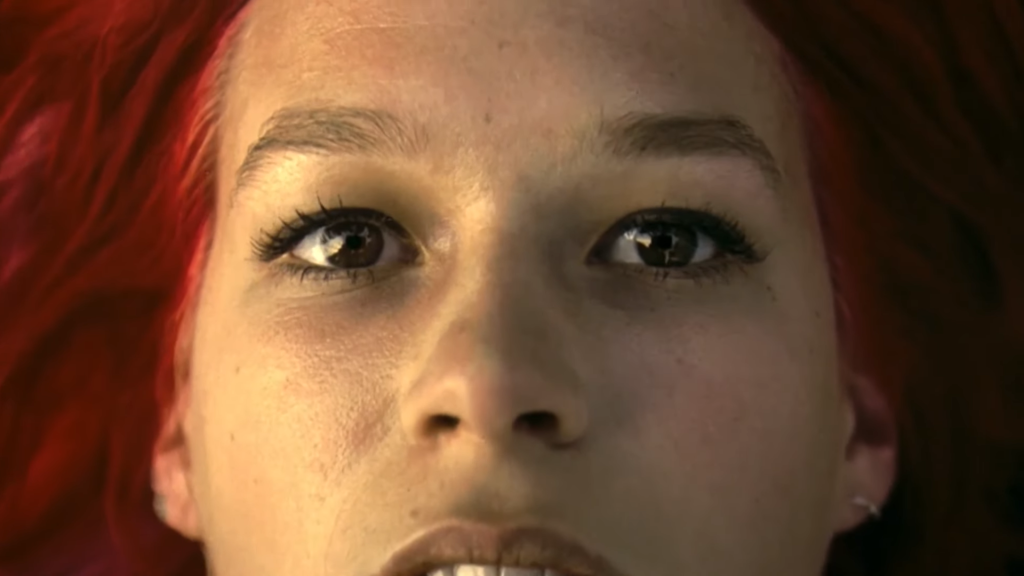
How does this film manage to keep the attention of the audience? There’s certainly a lot going on even before the time loop aspect is introduced. There are a handful of factors that retain the film’s momentum, the first being attention to detail.
The first loop introduces most of the films characters that in sequential loops have their lives changed by Lola’s actions. We see this through the pictorial montage after Lola interacts with people. As the audience, it’s interesting to us to see how the lives of the characters change with each time loop. It may entice the audience to think how the next loop will affect these characters, maintaining their interest and giving the film more room to explore this narrative.
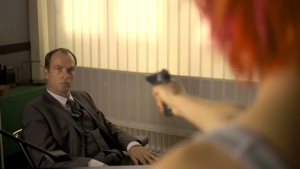
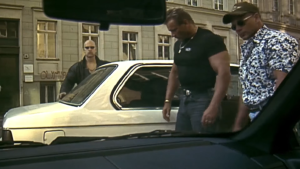
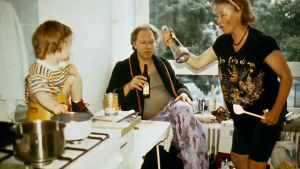
Not only do we see repeated characters through each time loop, but objects as well. Clocks are the “golden object” if you will, or the object controlling the flow of the film for the audience. The clock displays where Lola is in the narrative, especially in the following time loops. A clever plot device that helps push along the story while keeping the audience engaged with Lola’s journey.

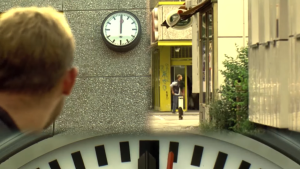
Similar to the clock, locations in the film are repeated to clearly inform the audience that a time shift is taking place. These locations also help to pinpoint Lola’s location in the narrative, such as the train crossing over the bridge that Lola runs under.
Lastly, Run Lola Run maintains the narrative flow using incredible cinematography and a tight-nit story. There are a few questions left unanswered in the film such as why Lola has super-human screams, how the time loops are happening, and other similar vein of questions. These questions don’t need answering however as I believe the story would become too convoluted for the audience if they were.
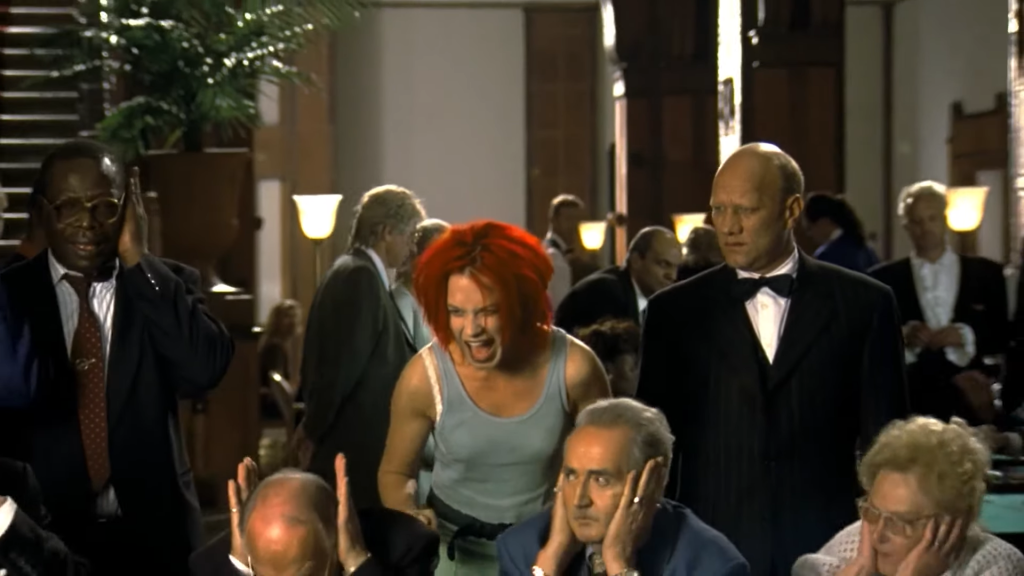
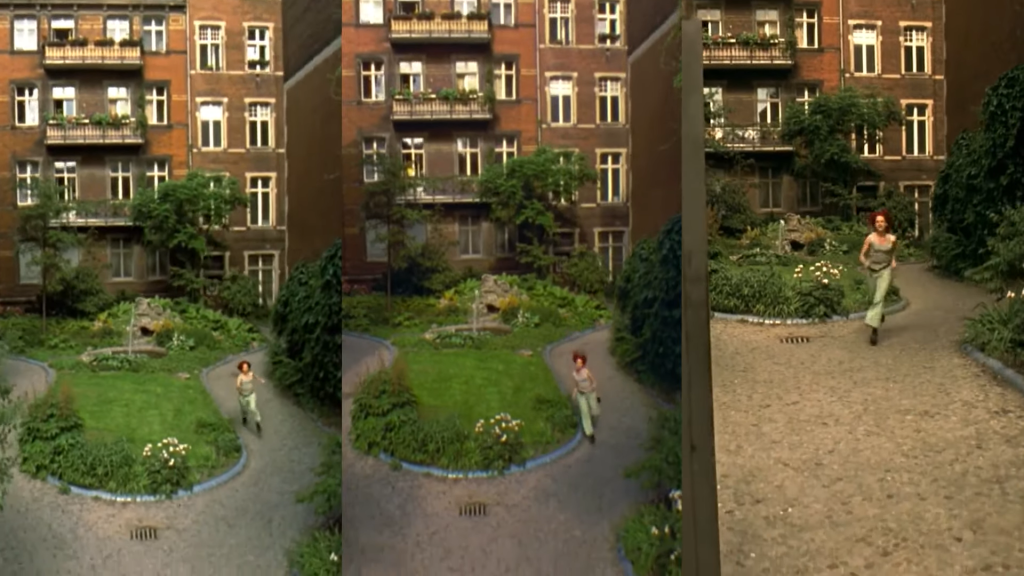
To coincide with this point, the films’ identity in the form of cinematography has no real definition since the story has no real answers. The film diverts the audience’s attention with animation, various camera shots, and overall flow to allow the audience to focus on other aspects of the film and ignore the rising questions.

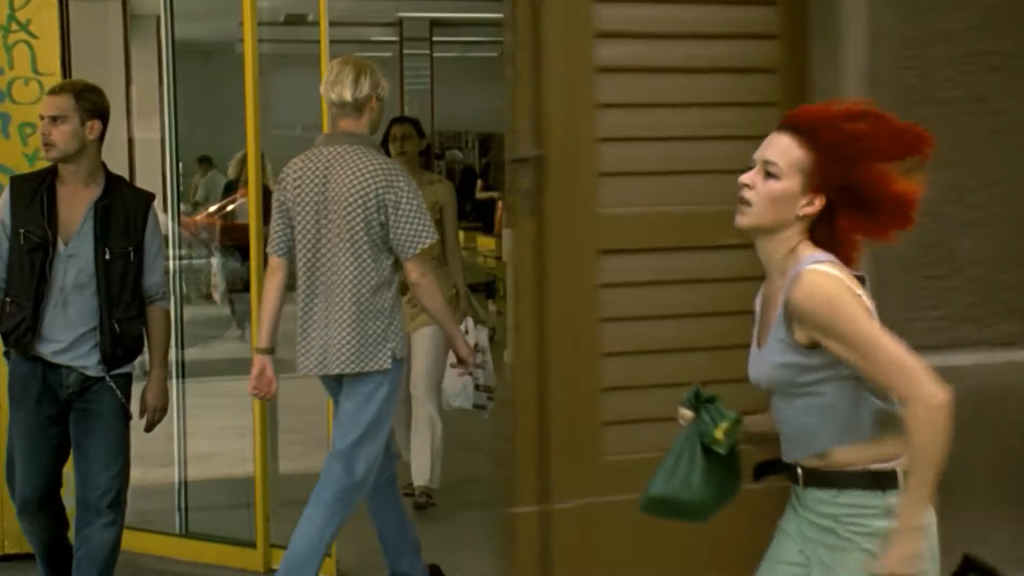

I will be recommending this film to everyone I know.
Take care,
-Caleb